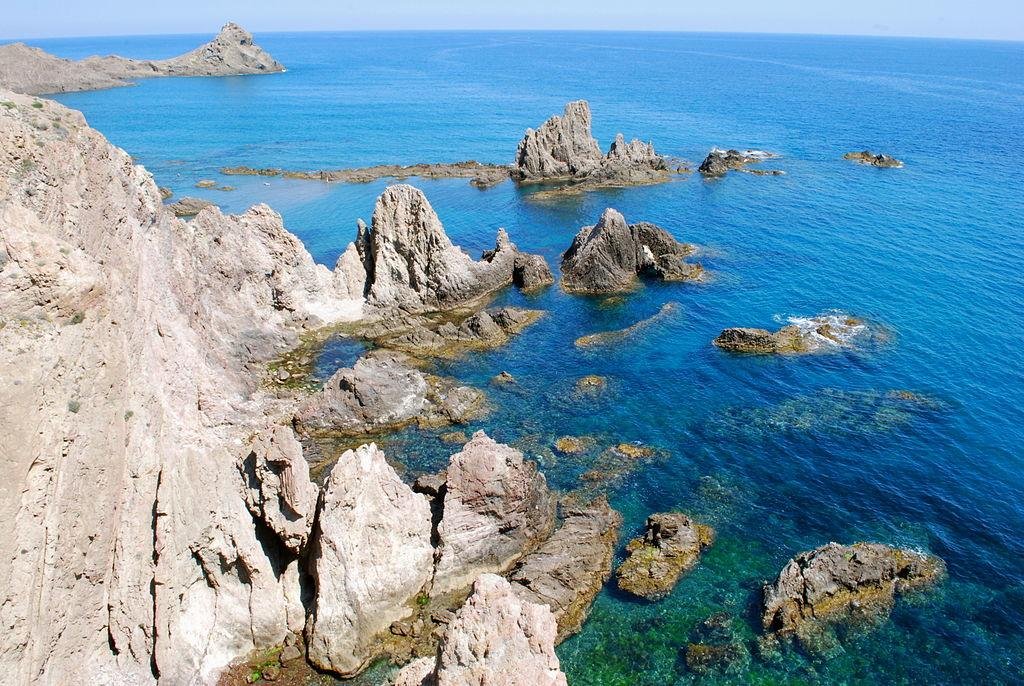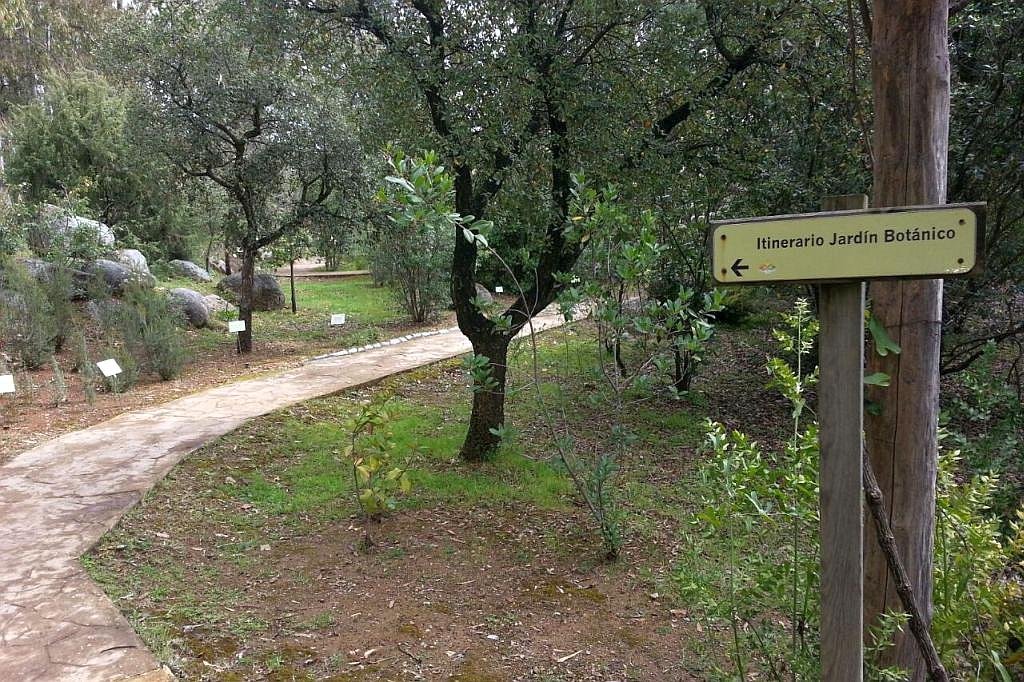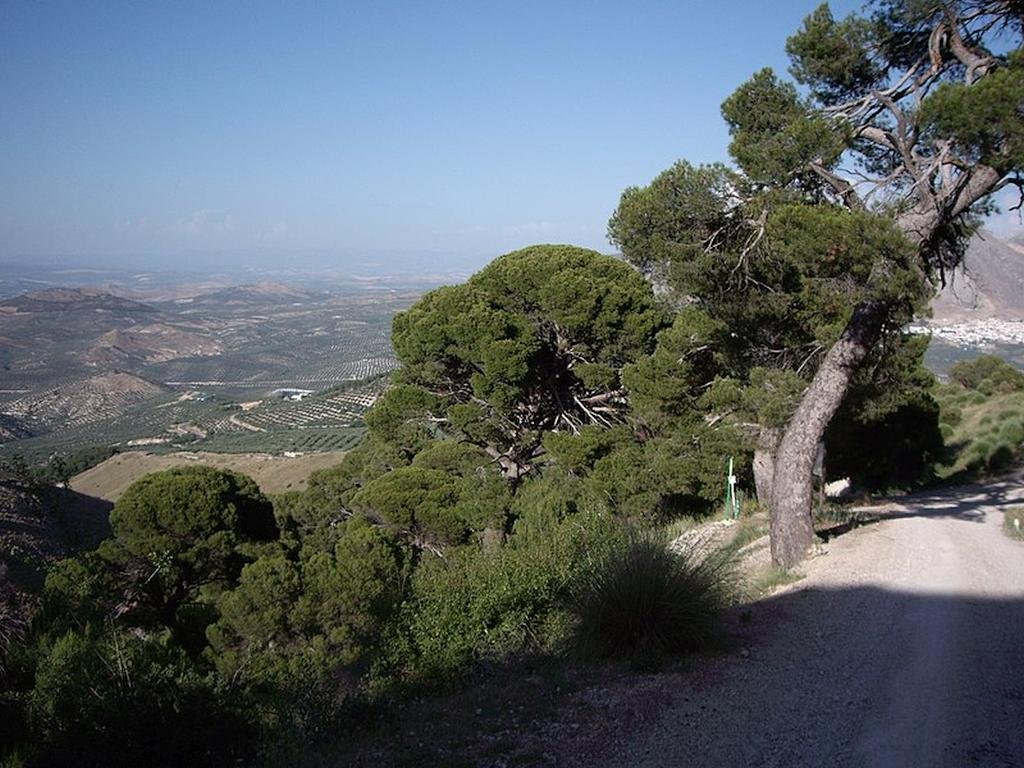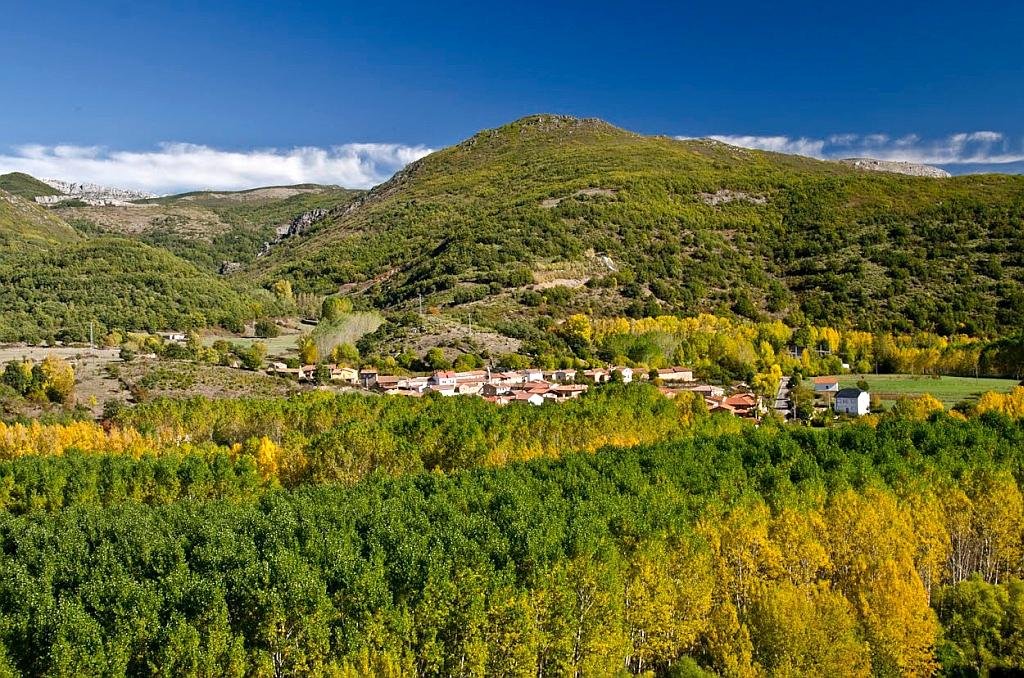What is a global geopark? (from the Unesco website)
UNESCO Global Geoparks are single, unified geographical areas where sites and landscapes of international geological significance are managed with a holistic concept of protection, education and sustainable development.
A UNESCO Global Geopark uses its geological heritage, in connection with all other aspects of the area’s natural and cultural heritage, to enhance awareness and understanding of key issues facing society, such as using our earth’s resources sustainably, mitigating the effects of climate change and reducing natural disasters-related risks. By raising awareness of the importance of the area’s geological heritage in history and society today,
UNESCO Global Geoparks give local people a sense of pride in their region and strengthen their identification with the area. The creation of innovative local enterprises, new jobs and high quality training courses is stimulated as new sources of revenue are generated through geotourism, while the geological resources of the area are protected.
While a UNESCO Global Geopark must demonstrate geological heritage of international significance, the purpose of a UNESCO Global Geopark is to explore, develop and celebrate the links between that geological heritage and all other aspects of the area’s natural, cultural and intangible heritages. It is about reconnecting human society at all levels to the planet we all call home and to celebrate how our planet and its 4,600 million year long history has shaped every aspect of our lives and our societies. (Read more here https://en.unesco.org/global-geoparks)
Global geoparks in Spain
Andalucia
Cabo de Gata-Níjar natural park (Almeria)

Cabo de Gata is located in the southeast of the province of Almería. Its coastline is marked by cliffs, coves and beaches. This space was also declared a Biosphere Reserve in 1997 and includes the Cabo Gata-Níjar Natural Park and surrounding areas. Read more: https://wildsideholidays.co.uk/cabo-de-gata-nijar
Sierras Subbéticas natural park (Cordoba)

The Sierras Subbéticas Global Geopark is noted for its stunning karstic landscape with Massive limestone and dolostone outcrop in the higher terrains. The karst landscape holds a great variety of elements such as poljes, great dolines and a dense subteranean network of around 900 recorded caves and abysses. The area is also famous for the abundance of ammonite fossils. Read More: https://wildsideholidays.co.uk/sierra-subbetica/
Sierra Norte de Sevilla natural park (Seville)

The Sierra Norte de Sevilla Global Geopark is located at the north of the province of Seville in the Sierra Morena and. The geopark includes ten towns and villages within its limits: Alanís, Almadén de la Plata, Cazalla de la Sierra, Constantina, Guadalcanal, Las Navas de la Concepción, El Pedroso, La Puebla de los Infantes, El Real de la Jara and San Nicolás del Puerto. Read More: https://wildsideholidays.co.uk/sierra-norte-de-sevilla/
Granada global geopark (Granada)

The Granada global geopark extends over the depressions called the Hoya de Guadix and the Hoya de Baza and is surrounded by some of the highest mountains of the Iberian Peninsula such as the Sierra de la Sagra (2381 m), the Sierra Mágina (2187 m), the Sierra de Arana-Huétor (1940 m), the Sierra Nevada (3484 m), the Sierra de Baza-Filabres (2271 m), the Sierra de las Estancias-Cúllar (1471 m) and the Sierra de Orce-María (1612 m). Read more: https://wildsideholidays.co.uk/granada-global-geopark/
Aragón.
Maestrazgo global geopark

The Maestrazgo global geopark lies between Zaragoza and Teruel in a very mountainous region at the eastern end of the Iberian System. Famous for dinosaur footprints and fossils. Read more: https://wildsideholidays.co.uk/maestrazgo-global-geopark
Sobrarbe global geopark
Cantabria
Geoparque Valles de Cantabria
Castilla y León
Las Loras global geopark

(Global Geosite, in the valley of the Luna River) https://wildsideholidays.co.uk/los-valles-de-omana-y-luna-biosphere-reserve/
Las Loras global geopark is also close to the Hoces del Alto Ebro and Rudrón natural park. Read more here: https://wildsideholidays.co.uk/hoces-del-alto-ebro-and-rudron-natural-park/
Castilla la Mancha

Molina-Alto Tajo global geopark – The Geopark area covers 4,186.9 km2 and is populated by 10,370 inhabitants, of which a third live in Molina de Aragón. The population density is only 2.0 inhabitants per km2. It is, therefore, a very extensive but very unpopulated area, considered a demographic desert.
Cataluña
Origens global geopark
Cataluña Central global geopark
Extremadura
Villuercas-Ibores-Jara global geopark en Extremadura.
Galicia
Montañas do Caurel global geopark
Islas Canarias.
El Hierro global geopark
Lanzarote y Archipiélago Chinijo global geopark
País Vasco
Costa Vasca global geopark
FAQs: UNESCO Global Geoparks in Spain
A UNESCO Global Geopark is a unified geographical area that manages sites of international geological significance using a holistic approach. It combines geological heritage with natural and cultural elements to raise awareness of sustainability, climate change, and disaster risk reduction.
These geoparks boost local pride and identity, support new eco-tourism businesses, and create jobs. They also offer training opportunities, helping communities profit from their heritage while protecting geological and natural assets.
While geology is the foundation, geoparks aim to connect Earth’s geological past with human culture and society. They celebrate links between rocks, landscapes, ecosystems, traditions, and local livelihoods—fostering a deep relationship between people and the planet.
Spain has 17 UNESCO Global Geoparks, spread across diverse autonomous regions such as Andalucía, Aragón, Castilla y León, Galicia, Canarias, and more. This ranks Spain among the top countries globally for geopark designation.
Spanish geoparks are located in:
Andalucía
Aragón
Cataluña
Castilla y León
Castilla-La Mancha
Galicia
País Vasco
Canary Islands
Cantabria
Extremadura
Each area showcases a unique blend of geodiversity, landscapes, and culture.
Cabo de Gata–Níjar (Almería): Volcanic cliffs, marine biodiversity, and desert landscapes; also a Biosphere Reserve.
Sierras Subbéticas (Córdoba): Spectacular karst terrain with 900+ caves and ammonite fossils.
Sierra Norte de Sevilla: Forested hills and rural villages like Alanís and Cazalla de la Sierra.
Granada Geopark: Desert valleys, cave homes, and fossil-rich sediments surrounded by the Sierra Nevada.
Maestrazgo (Aragón): Mountainous terrain between Zaragoza and Teruel, rich in dinosaur fossils and deep canyons.
Las Loras (Castilla y León): A scenic karst plateau near Hoces del Alto Ebro, with striking cliffs and geological folds.
Located in Castilla-La Mancha, this geopark covers over 4,000 km² with a population density of just 2 people per km². It’s considered a “demographic desert”, offering vast untouched landscapes and rare geological formations.
Lanzarote-Chinijo (Canary Islands): Black lava fields, volcanic cones, and marine reserves.
El Hierro (Canary Islands): Recent volcanic activity and dramatic coastlines.
Calatrava Volcanoes (Ciudad Real): Fossil forests and geothermal features in central Spain.
Wildside Holidays is managed by Clive, who has lived in Andalucía for over 20 years. His mission is to connect visitors with eco-friendly guides and promote wildlife holidays, geotourism, and nature-based experiences in Spain’s protected areas.
I’ve been living in this lovely area of Western Andalucia for the last 20 years or so and dedicate most of my time to the running of English language tourist information websites for the towns of Cádiz, Ronda, Grazalema, the famous or infamous Caminito del Rey, and also Wildside Holidays, which promotes sustainable and eco-friendly businesses running wildlife and walking holidays in Spain. My articles contain affiliate links that will help you reserve a hotel, bus, train or activity in the area. You don’t pay more, but by using them you do support this website. Thankyou!
